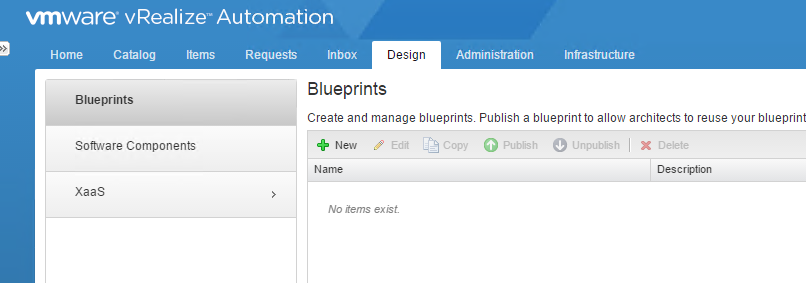Automate vRealize Automation with PowerShell: Introducing PowervRA
While putting together the PowerCLI book 2nd Edition we initially included in the proposed Table of Contents a chapter on vRealize Automation. However, it was fairly apparent that at that time (early 2015) there wasn’t a lot which could be done to fill out the chapter with good content. Firstly, most of the relevant content would be included in the vRO chapter, i.e. use vRA to call a vRO workflow to run PowerShell scripts. Secondly, automating elements within vRA 6.x could be done in part via the REST API, but a) there was a roughly 50 / 50 split between what was in the REST API vs Windows IaaS and b) I didn’t really have the time to make both a PowerShell toolkit for vRA and write a book about PowerCLI.
So we shelved that chapter and I put the thought to the back of my mind that I would revisit the idea when vRA 7 came out and the likelihood of greater coverage in the vRA REST API. At the start of 2016 this topic came up in a conversation with Xtravirt colleague Craig Gumbley who it turned out had the same idea for making a PowerShell vRA toolkit. So we decided to combine our efforts to produce a PowerShell toolkit for vRA for both our own use as consultants and also to share with the community; consequently the project PowervRA was born.
Initial Release
For the initial release we have 60 functions available covering a sizeable chunk of the vRA 7 REST API. Compatibility is currently as follows:
vRA: version 7.0 - some of the functions may work with version 6.2.x, but we haven’t tested them (yet). Also, they have not been tested with 7.0.1.
PowerShell: version 4 is required. We haven’t tested yet with version 5, although we wouldn’t expect significant issues.
You can get it from Github or the PowerShell Gallery
We have provided an install script on Github if you are using PowerShell v4. If you have v5 you can get it from the PowerShell Gallery with:
Getting Started
Get yourself a copy of the module via one of the above methods or simply downloading the zip, unblocking the file and unzipping, then copying it to somewhere in your $env:PSModulePath.


Import the module first:
You can observe the functions contained in the module with the following command:
Before running any of the functions to do anything within vRA, you will first of all need to make a connection to the vRA appliance. If you are using self signed certificates, ensure that you use the IgnoreCertRequirements parameter. :
You’ll receive a response, which most importantly contains an authentication token. This response is stored automatically in a Global variable: $vRAConnection. Values in this variable will be reused when using functions in the module, which basically means you don’t need to get a new authentication token each time, nor have to specify it with a function - it’s done for you.
Each of the functions has help built-in, alternatively you can visit this site http://powervra.readthedocs.org
Example Use Case: Create a vRA Tenant
Having made a connection to the appliance, it’s now time to start using some of the functions. To create a Tenant in vRA we need to have made a connection to vRA with an account that has permissions to do so in the default tenant (typically [email protected]) and then it is as simple as the following:


If you look through the rest of the functions, you may notice that a lot of them contain a JSON parameter. So if you know the JSON required for the REST API request or are working with a system that produces it as an output, you can do something like the following:
The Future
VMware may put out something official at some point (I have no inside info on that, it could be weeks, months, years away or not even planned right now). Until that happens Craig and I have various things planned including greater coverage of the API, dealing with any feedback from this release and looking at automating some of our own testing so that we can more easily figure out which vRA versions are supported.
In the meantime, fill your boots and if you want to help us, feel free to get involved via the Develop branch on GitHub.